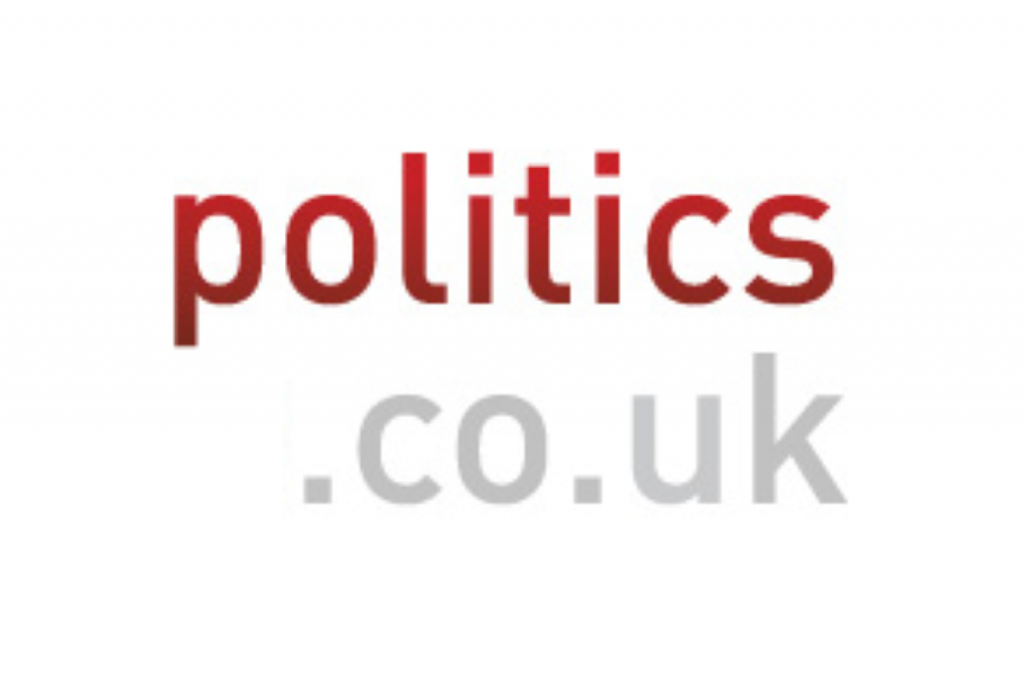Education
Whenever a debate on public services kicks off, it won’t be long before Scandinavia comes up as an example. But, in a break from the norm, the Tories based their plans for the education system on Finland, not Sweden.
Finland comes at the top of most lists of successful educational systems not because it pays its teachers more, but because it respects them. In Finland, teaching passes the ‘dinner party test’, where someone is proud to say they’re a teacher when asked what they do. The Tories were clearly impressed with this research, and instantly recommended that taxpayer-funded primary school teachers need a B in GCSE maths and English and graduates need a 2:2 to qualify for state-funded training. Maths and science graduates will have their student loan repayments handed to them for as long as they stay in teaching.
Teachers would be given several new powers, including the use of reasonable force to deal with violent incidents and removing disruptive pupils from the classroom. They will also be offered “the strongest possible” protection from false accusations.
There is a distinct traditional focus to the Tory policy, with former soldiers being encouraged to become teachers in a bid to improve discipline and the primary curriculum being rearranged so core subjects like maths, science and history form the heart of the curriculum.


The Tory policy on academies is equivalent to Labour’s. When Gordon Brown walked into No 10 David Cameron promised he would set them up faster than Labour but the PM appears to have been convinced of the scheme. Both parties want to allow primary schools to become academies and to break down barriers to the creation of new academies.
In Labour’s case this revolves mostly around the use of the kitemark for organisations which have proved their ability to establish and drive forward successful schools. The branding mechanism is intended to cluster schools together under a “shared ethos” so that recognise brands take over and improve weaker schools.
The branding drive comes with a host of other commitments. Labour will offer 30,000 pupils support in literacy and another 30,000 support in numeracy every year at primary school level. A similar scheme will apply to secondary schools. It will rebuild or refurbish every secondary school and half of all primary schools. The National Challenge will ensure no school has less than 30% of pupils achieving five GCSE’s at A* – C grade by 2011. It will be accompanied by £400 million extra investment in the next years.
The Liberal Democrats also support the academies programme, but in a more lukewarm sense. They promise to “build on the best of the academies model, while correcting its defects” by allowing educational charities and private providers to provide services but without any Whitehall interference and on a similar level of funding.
The party also promises to pass an Education Freedom Act banning politicians from day-to-day meddling with school life and creating an Education Standards Authority with the power and independence to stand up to government.
Both the Lib Dems and the Tories support the pupil premium, where funds are directed towards those pupils or areas with the most need. The party promises to spend £2.5 billion on schools, which is intended to be used to cut class sizes.
In a move almost entirely at odds with that of the Conservatives, the party plans to replace the national curriculum with a ‘minimum curriculum entitlement’ which offers basic skills while still allowing pupils room to study the subjects and classes they most enjoy. A general diploma will combine GCSE and A-Levels with high-quality vocational courses as building blocks to a successful career.












